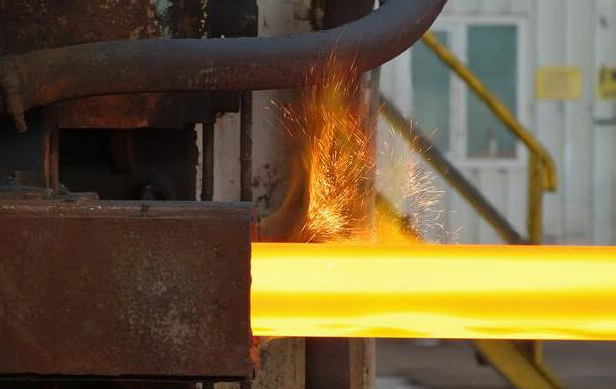What is the quench process for mold steel?
In injection mold steel, quenching is the process of rapidly cooling a heated part in a quenching medium, such as water, oil, or air. This process can harden the steel and improve its strength.

Quenching is an important step in the heat treatment of injection mold steel. The heat treatment process typically involves the following steps:
1. Heating the steel to a specific temperature.
2. Holding the steel at that temperature for a specific period of time.
3. Quenching the steel in a quenching medium.
4. Tempering the steel to a specific hardness.
The purpose of quenching is to rapidly cool the steel from a high temperature to a lower temperature. This process causes the steel to form martensite, which is a hard and brittle form of steel. The martensite is then tempered to a specific hardness, which improves the toughness of the steel.
The quenching medium used for injection mold steel is typically water or oil. Water is a more effective quenching medium than oil, but it can also cause the steel to warp. Oil is a less effective quenching medium than water, but it is less likely to cause the steel to warp.
Here are some of the benefits of quenching injection mold steel:
1. Increased hardness: Quenching can increase the hardness of injection mold steel by up to 50%. This makes the steel more resistant to wear and tear, which can extend the life of the mold.
2. Improved strength: Quenching can also improve the strength of injection mold steel by up to 30%. This makes the steel more resistant to deformation, which can improve the quality of the molded parts.
3. Reduced warpage: Quenching can help to reduce warpage in injection mold steel. This is because the rapid cooling process helps to evenly distribute the stresses in the steel, which can prevent warping.
- Injection Mold
- Automotive Injection Mold
- Electronics & Electrical Injection Mold
- Consumer Goods Injection Mold
- Airplane Components Injection Mold
- Medical Components Injection Mold
- Irrigation Components Injection Mold
- Injection Molds




